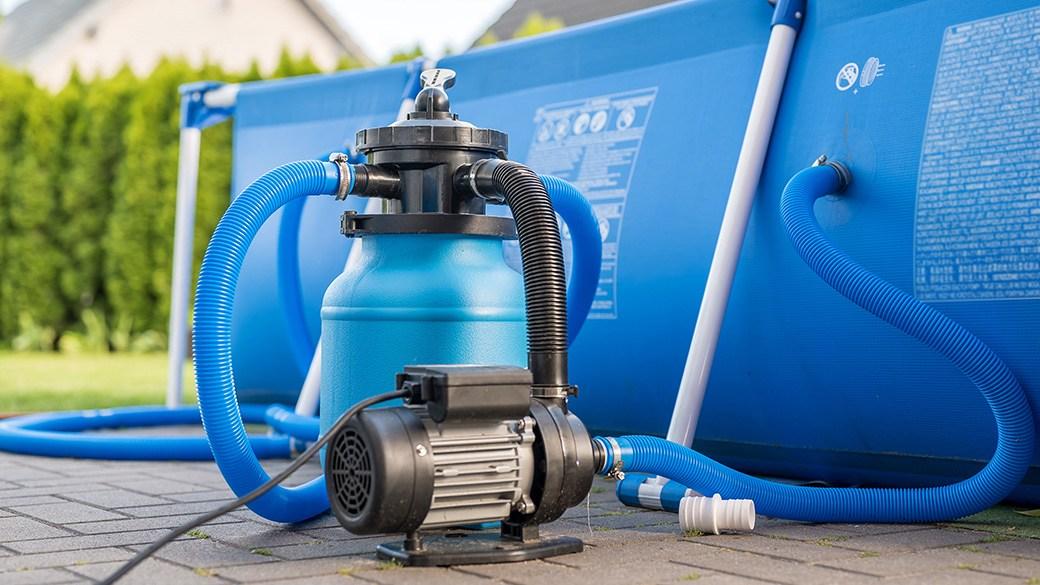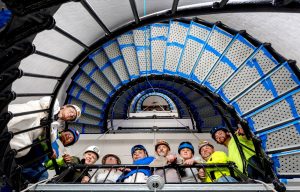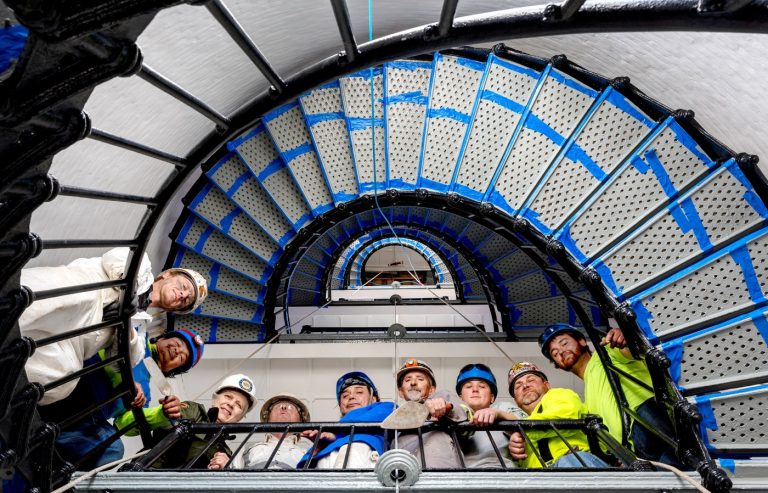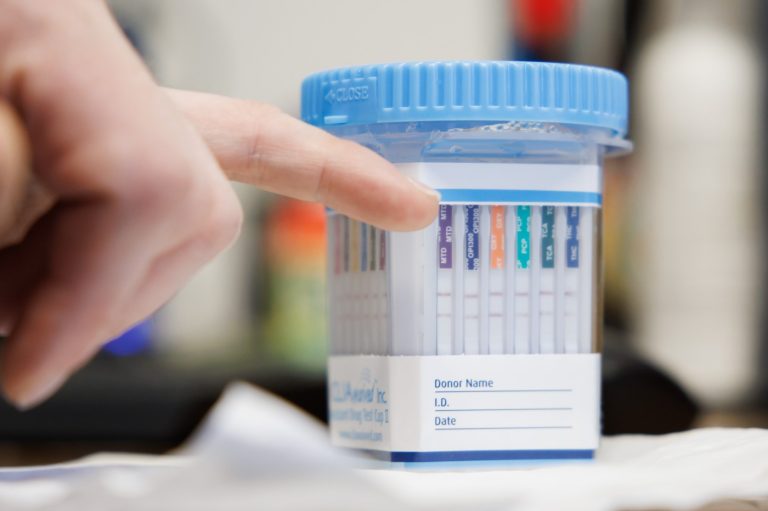Which pool filter is best?
There’s no greater pleasure during a summer heat wave than relaxing in the cool waters of your own pool. That is unless algae growth has your pool looking more like the Swamp Thing’s studio apartment than a suburban oasis. If your pool is being overtaken by green slime, then a new pool filter is probably in order. A good pool filter is essential to keeping your water crystal clear. If you’re in the market for a new one, there’s no better place to start than right here.
What to know before you buy a pool filter
The three main types of pool filters are sand filters, cartridge filters, and D.E. filters.
Sand filters use #20 silica sand to filter out pollutants. The water enters from above and seeps through the sand, which traps particles as the water exits below the sand. Sand filters are inexpensive and simple to maintain; the sand is cleaned off the particulate by “backwashing.” They last for approximately five years. They are, however, the least energy-efficient of any pump.
With cartridge filters, water passes through a thick tube containing a pleated material (similar to a car oil filter), which traps the unwanted particles inside. Cartridge filters work well at lower motor speeds and don’t require backwashing, unlike sand filters. They do require more work than sand filters, but they last approximately three years.
D.E. filters clean water using diatomaceous earth, which is composed of the fossilized remains of diatoms, which are found in the ocean and soil. D.E. filters incorporate some of the principles of both sand and cartridge-type filters. They do the best job cleaning water, as they filter the smallest particles of all the filter types. However, they are the most labor-intensive type of filter.
Regardless of the filter type you opt for, a pool filter requires a pump to function. The pump is what draws the water through the filter and pushes it back out into the pool. To determine what size pump you’ll need, you will need to determine the flow rate and resistance number for your pool. Flow rate refers to the gallons per minute your pump needs to move in order to clean all of the pool water within an eight-hour period. Resistance is a calculation based on the distance between the pump and the skimmers and drains, as well as the number of skimmers and drains.
You will also need to determine the type of mount you want and whether you want a 110-volt or 220-volt pump. Once you’ve determined these items, you’ll know what type of pump you’ll need to accompany your filter.
How much you can expect to spend on a pool filter
Most pool filters cost somewhere between $60 and $1500. The difference in price is based mostly on the filter’s total square-foot cleaning capacity.
Pool filter FAQ
Are chlorine pools better than saltwater pools?
A. Neither is necessarily better than the other. In a chlorine pool, however, chlorine is added to the water directly, whereas saltwater pools create their own chlorine by turning the salt into chlorine via electrolysis.
How high should the water level be in my pool?
A. As a general rule, you should try to keep the water level of your pool approximately halfway up the opening of your skimmer basket. This will guarantee that both the skimmer and the pump will work their best.
What are the best pool filters to buy?
Top pool filter
Hayward W3DE3620 ProGrid Diatomaceous Earth Pool Filter
What you need to know: This filter will keep your pool “hotel clean.”
What you’ll love: It’s a workhorse in every sense of the word, with the perfect combination of power, sturdy build and first-rate results.
What you should consider: The instructions can be somewhat difficult to follow.
Top pool filter for the money
Blue Wave Sand Filter System for Aboveground Pools
What you need to know: This is a filter that will get the job done on a budget.
What you’ll love: It’s easy to clean and has good water flow.
What you should consider: It malfunctions occasionally.
Worth checking out
Intex Krystal Clear Cartridge Filter Pump
What you need to know: It’s an inexpensive choice, but you’ll have to add peripherals.
What you’ll love: It’s quick and easy to install, and the double-insulated walls are a nice benefit for this cost-effective pick. Not much maintenance is needed.
What you should consider: The motor is not as powerful as some of the other options. Hoses and adapters must be purchased separately.
Prices listed reflect time and date of publication and are subject to change.
Check out our Daily Deals for the best products at the best prices and sign up here to receive the BestReviews weekly newsletter full of shopping inspo and sales.
BestReviews spends thousands of hours researching, analyzing and testing products to recommend the best picks for most consumers. BestReviews and its newspaper partners may earn a commission if you purchase a product through one of our links.












